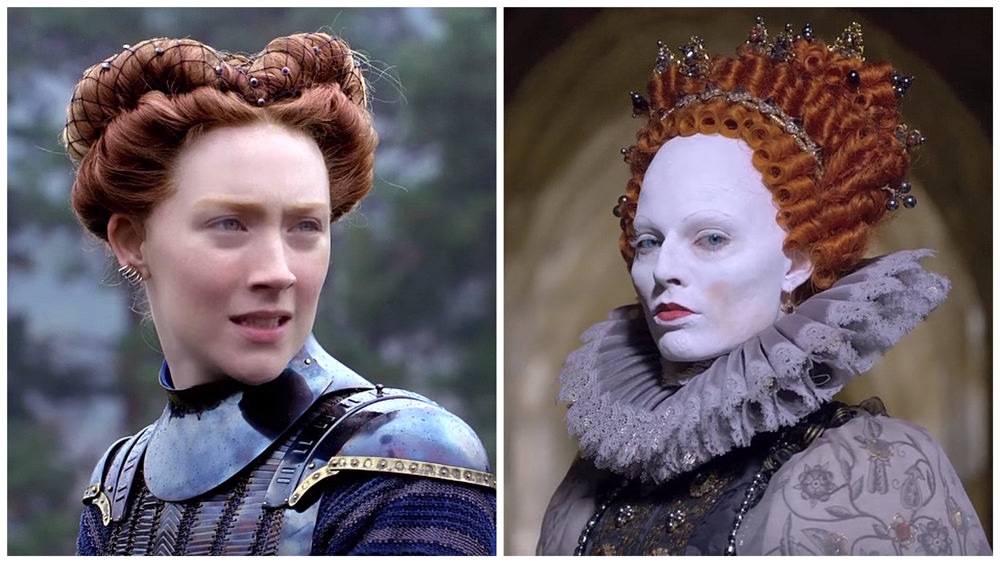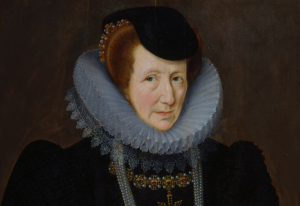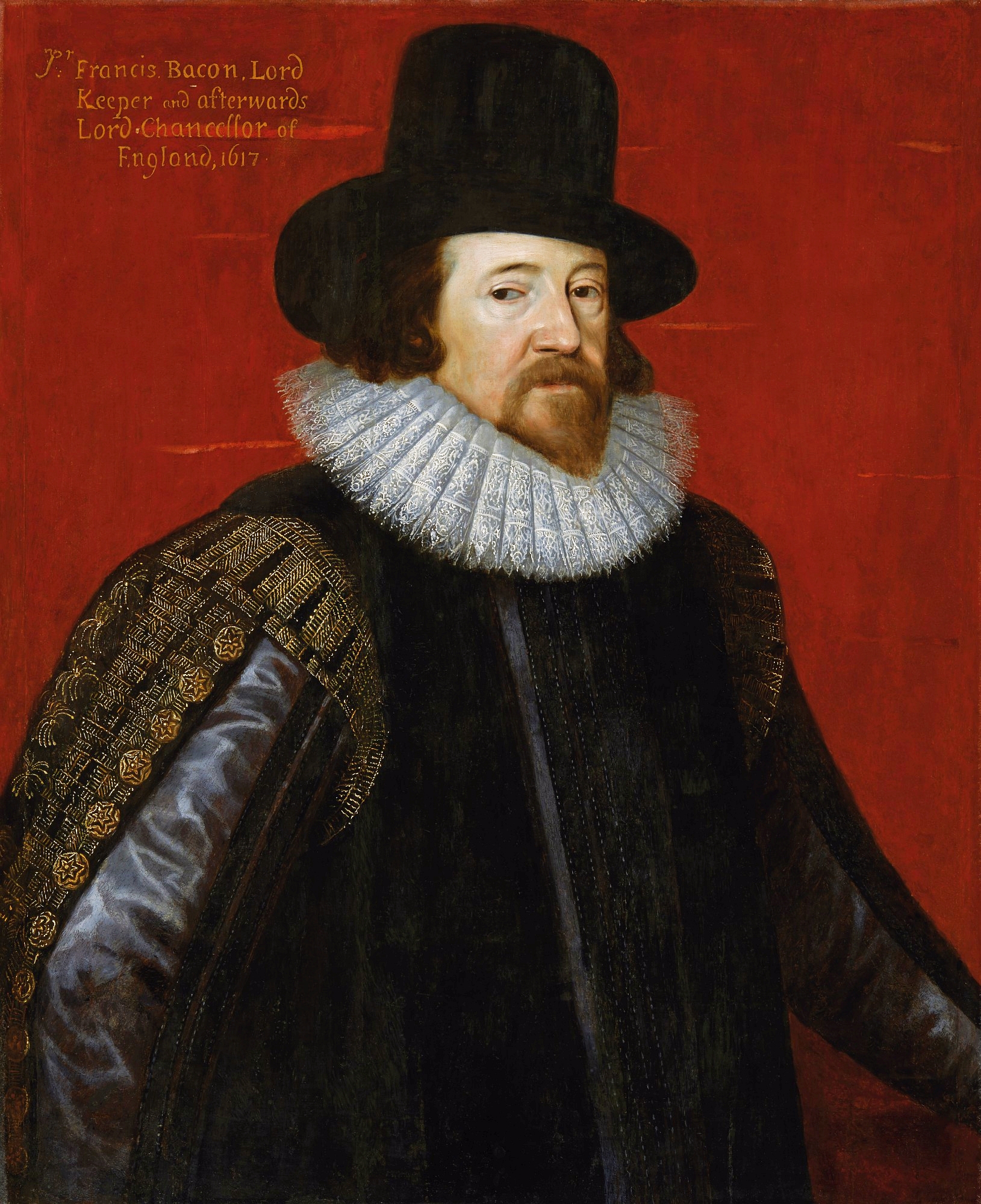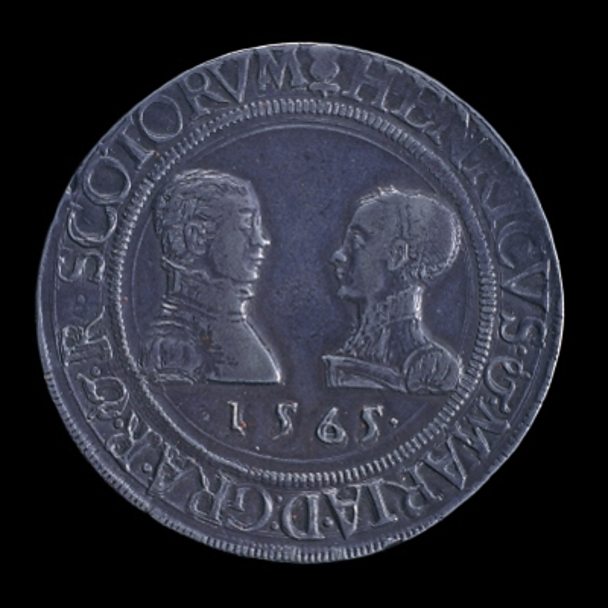Dear Friends, Hosts of the radio interviews I’ve been doing ask me what I think of the movie, Mary, Queen of Scots. Here goes:
 This latest excursion to the Tudor/Stuart saga got me sighing with happy surprise then clenching my teeth in fury and disappointment. The early section recounting young Mary, Queen of Scots’ struggle to manage factions in Scotland was very effective. Radical Protestant John Knox preached with virulent implacability, and the formation and dissolution of plotting cliques, with their extra-judicial written bonds of assassination, was vividly unsettling. I wish this had been the whole film, because those six years of a promising reign that fell disastrously apart hold vital lessons to us today about the perils of tribalism, where no one wins for more than an instant. Saoris Roman’s Mary combined generosity, wilfulness and feral militarism. I admire the film’s willingness to evoke the homosexuality and bisexuality at Mary’s court, and the varieties of rather bad sex available to the characters. Not souping that up respected probable historical truth. If the movie had expanded all that it would have been great.
This latest excursion to the Tudor/Stuart saga got me sighing with happy surprise then clenching my teeth in fury and disappointment. The early section recounting young Mary, Queen of Scots’ struggle to manage factions in Scotland was very effective. Radical Protestant John Knox preached with virulent implacability, and the formation and dissolution of plotting cliques, with their extra-judicial written bonds of assassination, was vividly unsettling. I wish this had been the whole film, because those six years of a promising reign that fell disastrously apart hold vital lessons to us today about the perils of tribalism, where no one wins for more than an instant. Saoris Roman’s Mary combined generosity, wilfulness and feral militarism. I admire the film’s willingness to evoke the homosexuality and bisexuality at Mary’s court, and the varieties of rather bad sex available to the characters. Not souping that up respected probable historical truth. If the movie had expanded all that it would have been great.
So what did I hate: Mary’s interactions with her cousin, Elizabeth I. In order to cover 26 years in 2 hours, the directors fabricated a scene in a decrepit wooden hut near the Scottish border with England, where the two queens dodged each other from behind gauze curtains, presumably meant to symbolize their separate destinies. That meeting never happened, but the script uses it to cram 19 years of tensions between them. It doesn’t work to the point of silliness.
The film also repeats one of the most enduring fakeries in films about Elizabeth. Consider the photo above. Mary’s body language and complexion suggest agility and vibrancy, while Elizabeth’s suggests haggard repression. By the time Mary was confined in an English castle, she was prone to bouts of ill health, often rigid with pain, while Elizabeth was supple and athletic into her 60s. Sir Francis Drake met her for the first time before his voyage circumnavigating the world in 1577. She was 44. He commented on her youthful skin and comely looks. She paid a price for retaining power without marriage, but not so heavy to be hollowed out.
The film suggests that Elizabeth’s near death from smallpox in 1562 disfigured her face, and that she disappeared under layers of white lead paint from then on. She did have smallpox in 1562, but recovered with no mark on her face. It was her lady-in-waiting, Mary Sidney, who nursed her, was disfigured and withdrew from court. Elizabeth certainly used toxic white paint make-up, but so did other women. Showing court scenes where the wigged queen is a kabuki apparition surrounded with young women made up for an episode of Sex in the City, and men who never age much, is false. Below is one of Elizabeth’s Ladies-in-Waiting, Lady Scudamore. I love this portrait, which is in the Yale Museum of British Art, New Haven. It’s a rather hard face, seamed by make-up, inward suffering etched into her mouth lines. When Elizabeth’s court assembled, there were gorgeous young strivers, but also attendants like Lady Scudamore. Elizabeth’s white face was one among many. Her aging male councillors were gouty, paunchy, often battling pain.

There is a fascinating tale to tell about the complex relationship between Mary and Elizabeth. The film gets right Elizabeth’s desire to handle their rivalry with more moderation that her councilors urged. She thwarted all efforts to remove the Scottish line from the English succession. In a sense, Mary was her surrogate mother. Mary entered the miserable marriage to produce a male heir to both thrones. Despite the threat Mary posed to Elizabeth at times, birthing James Stuart, later James VI of Scotland and James I of England, freed Elizabeth to rule as a single woman.
Here is what Elizabeth wrote to Mary when she married Bothwell: “no good friend you have in the whole world can like thereof, and if we should otherwise write or say we should abuse you. For how could a worse choice be made for your honor than in such haste to marry such a subject who besides other notorious lacks public fame has charged with the murder of your late husband, besides the touching of yourself in some part, though we trust in that behalf falsely. And with what peril have you married him that hath another lawful wife alive, whereby neither by God’s law nor man’s yourself can be his lawful wife, nor any children betwixt you legitimate…” There is loving, protective anger in these words. And prescience, because Mary was deposed soon after. The hints the film offered about the connection between the queens don’t make up for its puerile visual devices.



